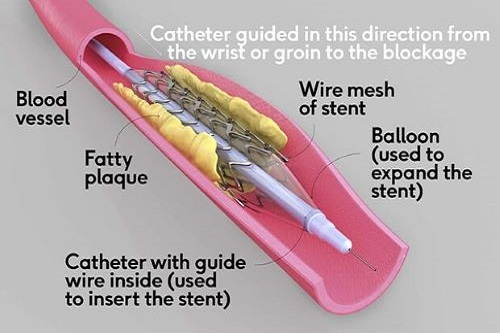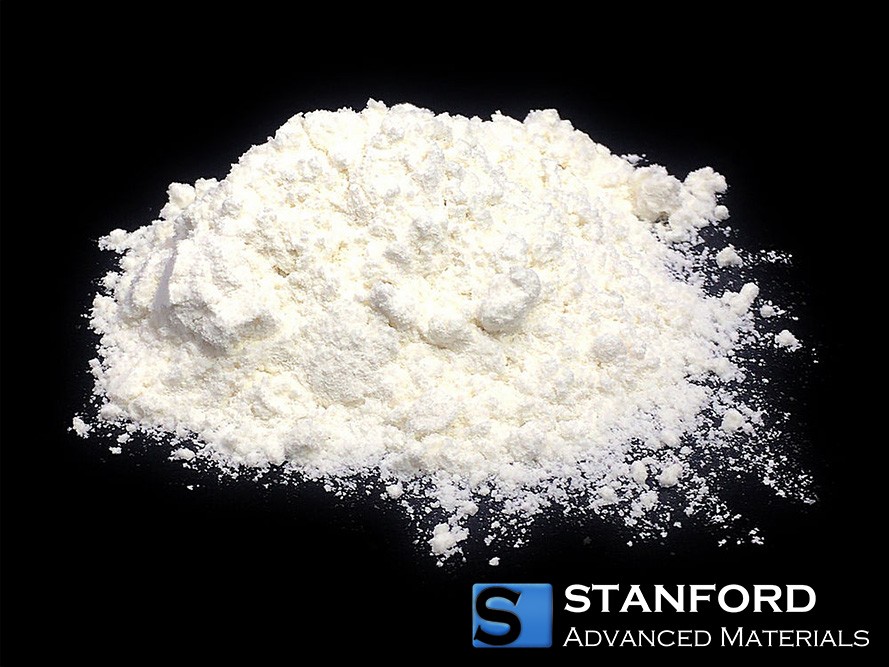Tantalum Marker Bands: Applications And Significance
Introduction
Tantalum marker bands are utilised in both medical and industrial applications. They are employed in settings that require accurate measurement and long‐term stability. These components are manufactured from tantalum, a metal noted for its corrosion resistance, biocompatibility and radiation tolerance. This article outlines their technical applications across various sectors.

Figure 1. Tantalum Marker Bands
1.Medical Devices:
Tantalum marker bands are incorporated in various medical devices, such as catheters, stents and other implantable components. They support clinicians in accurately localising these devices during procedures.

Figure 2. Catheters and Stents [1]
lVascular Interventions: In interventional cardiology and radiology these bands are embedded in stents and catheters. They are employed during procedures such as angioplasty and stent placement, thereby facilitating measurable positioning.
lEndoscopy: Tantalum marker bands are integrated into endoscopic instruments. They assist medical professionals in navigation and accurate localisation during diagnostic and therapeutic procedures.
lOrthopaedics: In orthopaedic implants, for instance in hip or knee prostheses, these bands aid in optimising the placement and alignment of implant components. This procedure confirms correct assembly and functional performance.
2.Industrial Applications:
Owing to their unique properties, tantalum marker bands are applied in several industrial contexts. Their application is supported by measurements recorded under standard test conditions.
lOil and Gas Industry: Tantalum marker bands are employed in drilling equipment. They enable the tracking and measurement of tool depth and position, thereby supporting precise drilling operations.
lAerospace, Defence: They are incorporated in essential components of aerospace systems. The bands serve as fixed reference points for alignment, quality inspection and damage evaluation.
3.Other Uses:
Tantalum marker bands are also adapted for additional applications in controlled environments. Their utilisation is verified through quantitative assessment.
lElectronics and Quality Control: In the electronics and manufacturing sectors, marker bands serve as reference indicators during assembly. Their radiographic visibility is confirmed by measured exposure levels.
lMaterials Testing and Research: They are embedded in test specimens to monitor material behaviour under precisely controlled loads. This method delivers quantitative data on material performance.
lRadiographic Imaging: In laboratory imaging systems and diagnostic devices, these bands enhance the visualisation of X‐rays. They assist in the precise identification and localisation of samples.
lNuclear Medicine and Radiopharmaceuticals: These bands are also integrated into container and delivery systems for radiopharmaceuticals. They contribute to the accurate dosing and placement required by nuclear medicine protocols.
Read more: Stanford Advanced Materials launches tantalum marker bands for the medical industry
In each application the tantalum marker bands contribute to quantifiable accuracy and efficiency. Their X‐ray visibility is confirmed under standard imaging conditions, thereby supporting rigorous diagnostic protocols. In addition, the characteristics of corrosion resistance, biocompatibility and radiation tolerance validate their use in controlled environments.
Conclusion
In summary, tantalum marker bands represent essential components across medicine, industry and electronics. They offer quantifiable precision in various applications. Their performance is verified under standard test procedures and imaging protocols. Stanford Advanced Materials (SAM) provides X‐ray dense tantalum markers produced to customer specifications. For further enquiries, please contact us.
Reference:
[1] Redhood, S. (10/11/2023). Wie funktionieren Stents? Britische Herzstiftung. Retrieved on 10/11/2023 from https://www.bhf.org.uk/informationsupport/heart-matters-magazine/medical/how-do-stents-work

 Bars
Bars
 Beads & Spheres
Beads & Spheres
 Bolts & Nuts
Bolts & Nuts
 Crucibles
Crucibles
 Discs
Discs
 Fibers & Fabrics
Fibers & Fabrics
 Films
Films
 Flake
Flake
 Foams
Foams
 Foil
Foil
 Granules
Granules
 Honeycombs
Honeycombs
 Ink
Ink
 Laminate
Laminate
 Lumps
Lumps
 Meshes
Meshes
 Metallised Film
Metallised Film
 Plate
Plate
 Powders
Powders
 Rod
Rod
 Sheets
Sheets
 Single Crystals
Single Crystals
 Sputtering Target
Sputtering Target
 Tubes
Tubes
 Washer
Washer
 Wires
Wires
 Converters & Calculators
Converters & Calculators




 Chin Trento
Chin Trento


